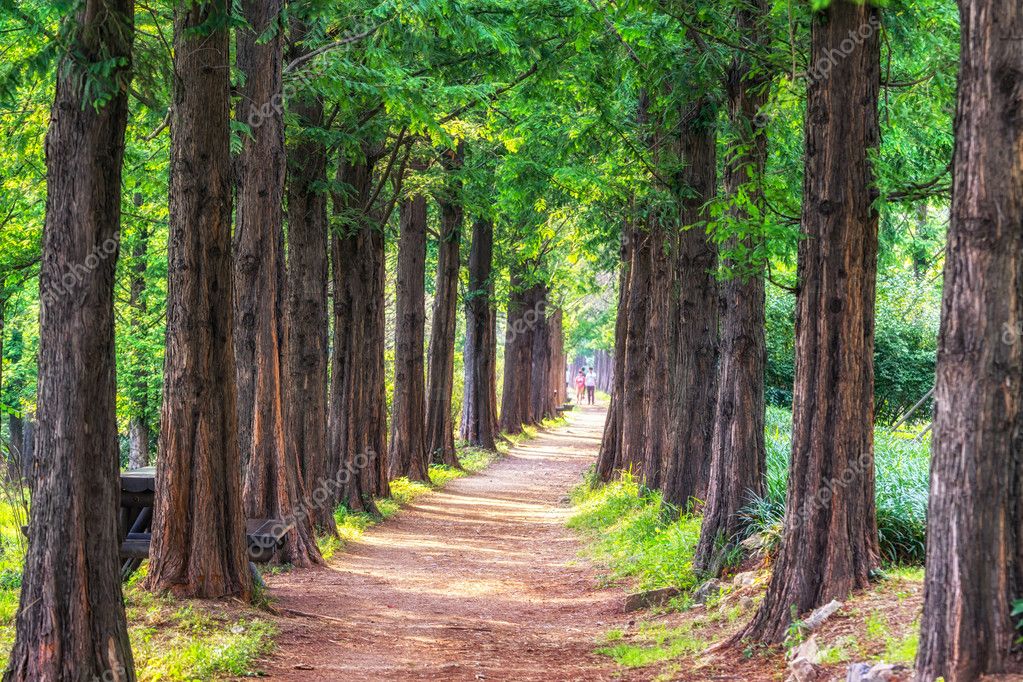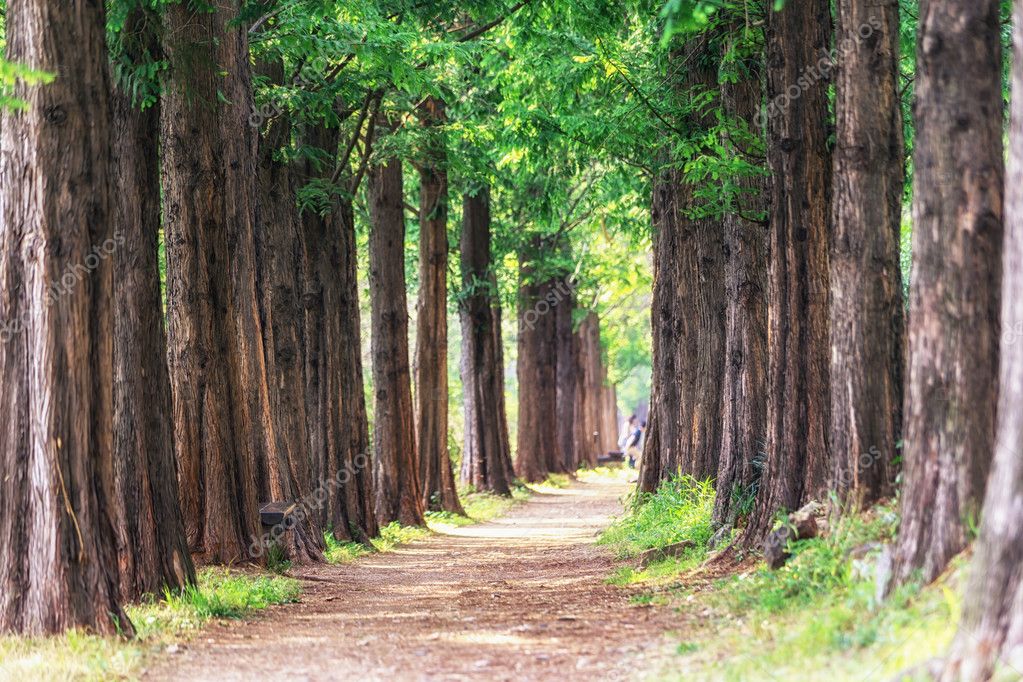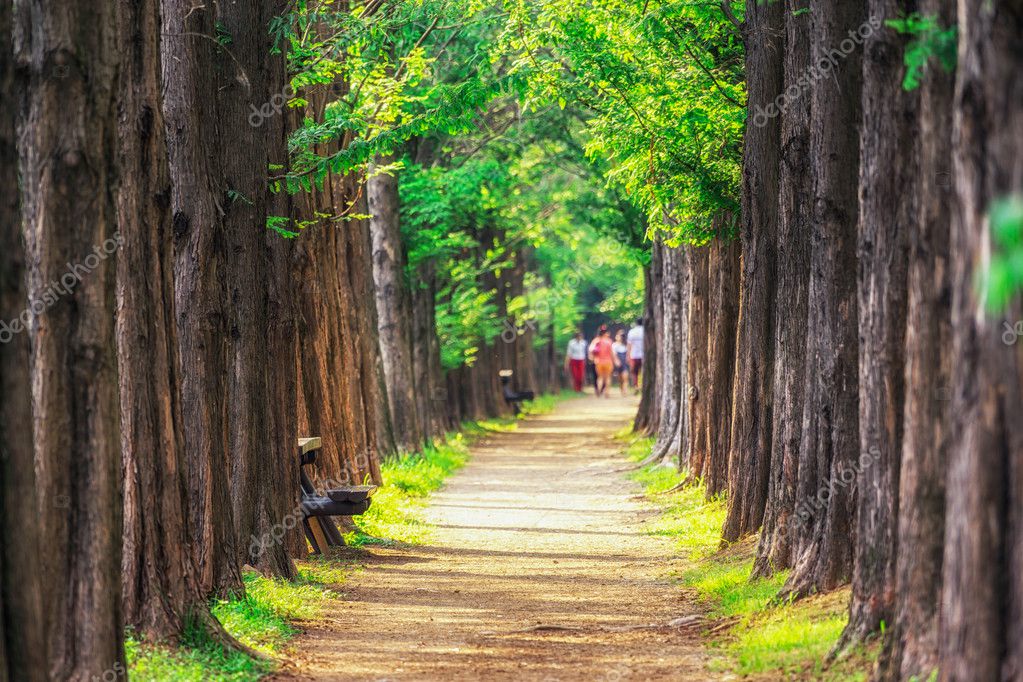

This is especially recommended in an environment with a wide monitor or multiple monitors, as it is easy to keep the work area with the window open.
#Descargar metasequoia windows
windows are open.įor example, when repeatedly re-rendering while adjusting material parameters, you do not need to repeatedly open and close the window, which greatly increases your work efficiency. You can now perform other operations while the object property, material property, rendering, etc. The environment map display supports both real-time preview and rendering. It is also displayed on the object surface by setting a reflection in the Phong shader, and a metallic and roughness in the glTF shader. It uses a 360-degree panoramic photo like the one below and displays it as an environment map in the background. If you need a higher resolution, please use the EX edition. There is no difference between the Standard and EX editions in terms of image quality, but the resolution of the Standard edition is limited to 1280x720 or lower. The path tracing renderer also includes a denoise function that removes the noise inherent to path tracing and significantly reduces rendering time. In open space, parallel light sources and an environment map can also be used.

Traditional Phong shader can also be used, but please note that the results will be different from the original parameters.Īn area light with an arbitrary shape can be used by setting the 'Emission' of the material. 'glTF' or 'Transparent' shaders are used mainly. The path tracing also reproduces the scattering of light between objects, allowing to render soft shadows. Physically-based rendering using a path tracing method is now available. This version includes major improvements, and I will now introduce the main new features.
#Descargar metasequoia update
This update includes other improvements and bug fixes. Transcription of vertex colors is now supported, and UV edit and normal transcription have also been slightly improved. Due to the limited number of supported software, the default output will be Phong as before.Īnd, an object with no vertices or faces will be output as a 'Null' node.
#Descargar metasequoia software
If the receiving software supports the Stingray shader, you can use it as an option to pass physics-based shader parameters other than the glTF (glb) format. When outputting to FBX files, glTF shaders can now be converted to the Stingray PBR shader used in Maya. You can also specify the direction of movement as either the normal direction of the selected face only, or the average direction of the normals of all faces surrounding the vertex. The normal direction has been included in the Move command for a long time, but now there is a new option to move to the normal direction for each vertex. It can also be combined with noise reduction to get high quality rendering results in a short time. Please see details in Release note.Įnabling bokeh does not change the total amount of rendering time. This update includes some improvements and bug fixes. If you have changed the normals, move the vertices only slightly so as not to affect the appearance of the vertices. Also, due to the limitations of either FBX or Unity (or both?), it is not possible to handle data in which only the normals are changed without moving the vertices. However, due to the limitations of FBX, it is not possible to have different normals for surfaces that share vertices, and the output will be a unified normal. When importing an FBX file with normal morph settings in Unity, please specify "Import" in the field. Normal morph can be applied if the receiving software supports it, and we have confirmed that Unity currently supports it. Normal vectors on morph objects as "Normal morph" can now also be output in the FBX file. In addition, shadows created through semi-transparent areas are now accurately rendered.


Improved path tracing renderingĪlpha mode of glTF is now supported, and semi-transparency is displayed as in the preview. Metasequoia Ver 4.8.2a has been released.


 0 kommentar(er)
0 kommentar(er)
